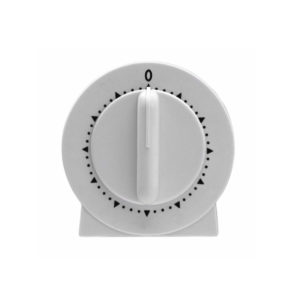 Last time, we discussed how to control your anger around your child to avoid a meltdown. But sometimes putting your kid in time out seems like the only option to calm everyone down. But are they a good idea? There’s been a lot of controversy lately about whether time outs are as effective as we thought, and the general consensus focuses on how you and your kid perceive time outs.
Last time, we discussed how to control your anger around your child to avoid a meltdown. But sometimes putting your kid in time out seems like the only option to calm everyone down. But are they a good idea? There’s been a lot of controversy lately about whether time outs are as effective as we thought, and the general consensus focuses on how you and your kid perceive time outs.
The Argument Against Time Outs
Some behaviorists have gone so far as to call time outs damaging to children because the process is traditionally built around shame. Humiliating your child by sending them into time out is more likely to increase the parent-child power struggle and lead to a lower sense of the child’s self worth.
Some Kids Are Too Young for Time Outs
Children than 2 ½ years are typically “under the age of reason,” which means they may not understand the purpose behind a time out. Physically cutting your child off at this developmental stage will only increase their anxiety and bad behavior.
The Benefits of Positive Time Outs
Contrary to some child psychologists’ theories, not all time outs have such a negative affect on the child’s development. If the experience is a positive one, the child is more likely to have a stronger grasp on their emotions, actions, and problem solving skills. As Jane Nelson explains in her book,positive time outs can diffuse a bad situation if you treat them like sports coaches: as a chance to “breathe, regroup, take a look at what isn’t working, and come up with a new plan.” Here are some simple steps to make sure that your child’s time out is a positive experience:
Put Them Somewhere They Feel Safe
Children frequently act out because they feel anxious or discouraged, so their physical surroundings will have a big impact on their behavior. Put your child somewhere they feel safe during their time out, such as their bedroom or your living room couch, rather than somewhere cold or intimidating, such as a corner or closet. This will keep the child from thinking of the time out as a punishment and reinforce it as an opportunity to calm down from whatever is bothering them.
Don’t Tell Them to “Think About What They Did.”
This phrase is infused in many parents as the appropriate thing to say when sending your child into time out. However, no matter what we say or do, we can’t control what our children think.In fact, certain situations can benefit by thinking about something else.
For instance, if a child throws a tantrum because you won’t let them have another piece of candy, thinking of things other than the candy will demonstrate how little it mattered in the first place.
Do Tell Them You Love Them
Even children over 2 ½ years can feel bad when physically cut off from a parent, so it’s important to reiterate that you love them. This will also emphasize that this time out is not a punishment, but an opportunity.
Set a Timer
A timer is an objective and fair way for all parties to know how long the time out will last. While ideally this should decrease the likelihood of your child asking to come out before their time out is over, chances are you will still have to deal with this question. However, timers do save you the stress of watching the clock, allowing you a chance to calm down before the time out is over.
Take the time to collect yourself
A time out for your child is a time out for you too. Think about what happened and what may have been the child’s reason for acting out before jumping to any conclusions or delivering a rash punishment.
Talk With Them Afterwards
Talking with your child can reinforce the positive time out and encourage communication in your household
Move On
A time out is enough, don’t continue to punish your child. Have a time in. This is the perfect opportunity to reinforce the child’s calm behavior by giving them your attention and having fun.



